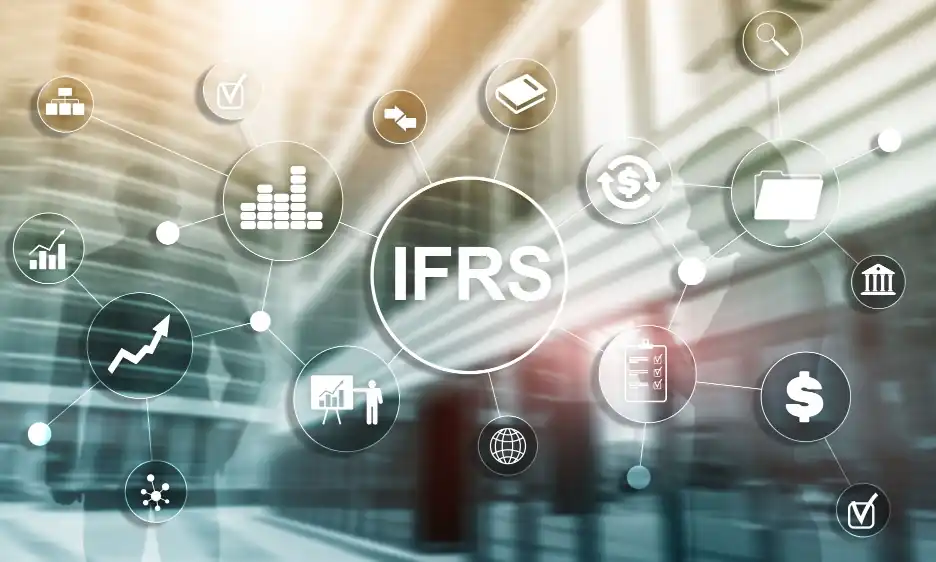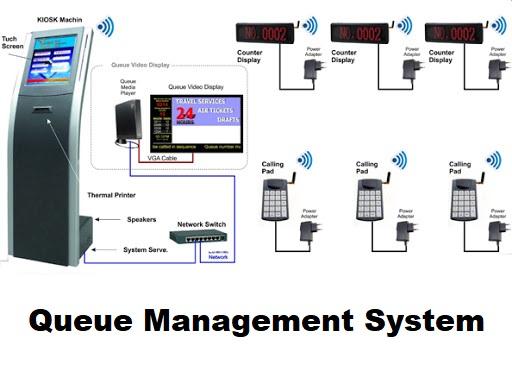Mastering Financial Reporting: A Complete Guide

Strong 8k brings an ultra-HD IPTV experience to your living room and your pocket.
Financial reporting might sound like a dry, laborious task—just spreadsheets and numbers, correct? In actuality, though, it underpins intelligent decision-making for all businesses. Knowing financial reporting, its types, and the international norms governing it can open up great advantages whether you are a start-up founder, an accountant, or a curious learner. In this ultimate manual, we are explaining all plainly, simply, and in plain English.
Financial Reporting: What Is It?
Financial reporting is all about communicating the financial health of a company. It includes a series of statements summarizing the company's revenues, expenses, assets, and more. These results enable stakeholders—including investors, legislators, and managers—to grasp the financial performance of the firm.
View it as the business's report card. It is impossible for anyone to tell if you are sinking, surviving, or growing without it.
Why financial reporting still counts?
You might ask, “Why does financial reporting matter so much?”
Here’s why:
• Builds trust with investors and stakeholders
• Helps with compliance to local and international laws
• Supports informed decision-making
• Improves internal performance analysis
• Enables future forecasting and budgeting
In short, no solid financial reporting = no clear business path.
Core Objectives of Financial Reporting
Let’s look at the main goals of financial reporting:
1. Transparency
Reports make business operations clear and understandable.
2. Accountability
They keep management accountable to stakeholders.
3. Comparability
Standard formats make it easier to compare across time or industries.
4. Decision Support
They offer vital data for making strategic decisions.
Types of Financial Reports
There’s not just types of financial reports. Each financial report serves a specific purpose. Let’s go through the key ones.
1. Balance Sheet
A snapshot of a company’s financial position at a specific point in time. It includes:
• Assets
• Liabilities
• Equity
Think of it as the photo of your business’s health.
2. Income Statement
Also called a Profit and Loss Statement, this shows:
• Revenue
• Expenses
• Net income (or loss)
This one tells you whether your business is actually making money.
3. Cash Flow Statement
This shows the movement of cash in and out of the business. It’s broken down into:
• Operating activities
• Investing activities
• Financing activities
It’s like tracking your wallet—where’s the money going and coming from?
4. Statement of Changes in Equity
This outlines shifts in the owner's equity over a reporting period.
• Capital contributions
• Retained earnings
• Dividends paid
It explains changes in ownership value.
5. Notes to Financial Statements
These aren’t optional fluff. They explain accounting methods, assumptions, and any anomalies.
Internal vs External Financial Reporting
Not all financial reports are created for the public. Let’s compare:
Feature Internal Reporting External Reporting
Audience Managers, Internal stakeholders Investors, Government, Public
Frequency Weekly/Monthly Quarterly/Annually
Flexibility Highly customized Regulated and standardized
Format Informal Formal, audited
Key Components in Every Financial Report
While formats may differ, these ingredients are essential:
• Revenue – Money earned
• Expenses – Costs incurred
• Net Income – Profit or loss
• Assets – What the company owns
• Liabilities – What the company owes
• Equity – Owner’s stake
International Financial Reporting Standards (IFRS)
Now comes the global side of the story. International Financial Reporting Standards (IFRS) are rules for how financial statements should be prepared and presented.
Who Sets IFRS?
The International Accounting Standards Board (IASB) develops IFRS.
Why IFRS is Important
• Enables cross-border business and investments
• Makes global company comparisons easier
• Reduces discrepancies in reporting methods
Where IFRS is used
Over 140 countries use IFRS—including much of Europe, Asia, and parts of Africa.
Difference between IFRS and GAAP
GAAP (Generally Accepted Accounting Principles) is used mainly in the U.S. Here’s a quick comparison:
Feature IFRS GAAP
Origin International (IASB) United States (FASB)
Principle vs Rule Principle-based Rule-based
Inventory Valuation No LIFO Allows LIFO
Focus Transparency and comparability Strict standardization
How to Prepare Financial Reports
So, how do you actually get started with reporting?
1. Choose a Reporting Framework
Determine whether to adhere to local standards, GAAP, or IFRS.
2. Collect precise data
make sure every transaction is properly logged; there is no room for speculation here!
3. Utilize the Correct Tools
Tools are important from Excel through accounting software like QuickBooks or Xero.
4. Develop every report.
Begin with the Income Statement and progress through.
5. Examine and evaluate
Double-check everything. Have it reviewed internally or externally.
Technology in Financial Reporting
We live in the digital age—so you’re financial reporting should too.
Modern Tools Include:
• ERP Systems (like SAP, Oracle)
• AI-based Analytics
• Cloud Accounting Software
Automation, error reduction, and process speedup depend on these instruments.
Difficulties with financial reporting
Even the best systems can have difficulties. Among often faced problems are:
• Data inconsistencies
• Changing regulations
• Manual errors
• Time-consuming processes
• Complex mergers—especially for multinational corporations
Ways to Enhance Your Financial Reporting
Want cleaner, more effective reports? Follow these tips:
1. Automate with software
2. Train your finance team
3. Stick to consistent standards
4. Conduct regular internal audits
5. Use dashboards for visuals
Practical Uses of Financial reporting
financial reporting is a foundation for large corporations, small firms, and charities as well.
• Start-ups use it to secure funding
• Corporations use it to publish quarterly earnings
• Governments require it for compliance
• Investors use it to make smart decisions
Conclusion
Financial reporting goes above and beyond ticking boxes. That is the voice of your company to the outside world. Tracking profits, staying compliant with worldwide financial reporting standards, it is critical for growth, trust, and decision-making. You're flying blind if you're not keeping an eye on your financial statements. Get the tools and prepare to create a financial reporting system that really benefits your company.
Note: IndiBlogHub features both user-submitted and editorial content. We do not verify third-party contributions. Read our Disclaimer and Privacy Policyfor details.







